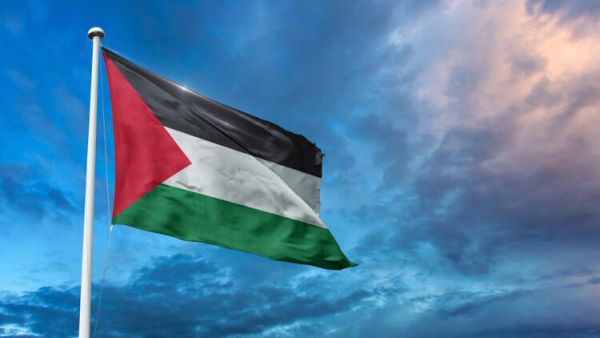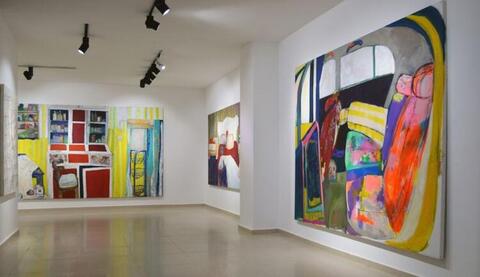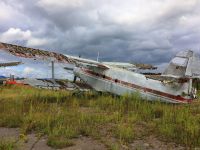It’s no stretch to say that hardship in life influences the arts whether it’s in music, literature or artwork. When it comes to life in Palestine, this relationship between struggle and art is clear.
Across all media you can find works from Palestinians that have been influenced by life under what Amnesty International recently classified as an apartheid against Palestinians.
For example, take a look at some of the highly detailed paintings by Palestinian artist Khaled Hourani.
Several of his paintings depict the sprawling green fields and clear blue skies commonly found in landscape artwork, but with Hourani’s paintings there is an obvious addition separating his paintings from the norm.
There is a massive border wall, the same type of wall that confines Palestinians within the West Bank, jutting out of the middle of the naturalistic scene. Hourani dubbed this collection of paintings the “Unnatural Landscape Series.”
And when it comes to music, you have Palestinian groups like Da Arab MCs (DAM). DAM, which was formed in 1999, is the earliest if not first Palestinian rap/hip-hop group ever formed.
It shocked the region at a time when Arabic rap and hip-hop were far from popular.
DAM founding member Mahmoud Jreri said in an interview with The National, “For some of them, there wasn’t Arabic hip-hop but there was Arabic music, so in our concert you’d see people dancing how they would to Arabic music and not to hip-hop. It was funny.”
But over time the group’s popularity grew along with the intensity of their lyrics.
ڤيديو ملياردات، قريبا
— DAM (@damofficialband) October 18, 2019
MILLIARDAT (Official Video) coming soon pic.twitter.com/xKxSixsvue
Their 2004 song “Born Here” was done as a direct rebuke to the Israeli song “Dats and Datsa” which had the lyrics, “I was born here, my children were born here, and this is where we built our houses with our hands.”
DAM’s “Born Here” answered back with, “I was born here, my grandparents were born here, and this is where you destroyed our houses with your hands.”
This song and many others by DAM are fueled by injustices Palestinians have faced in a life under Israeli occupation, but it’s not just DAM or Hourani who have creative work reflecting this.
There are generations of Palestinians producing art expressing their hardships and this creative movement is one that will not be stopping any time soon.








